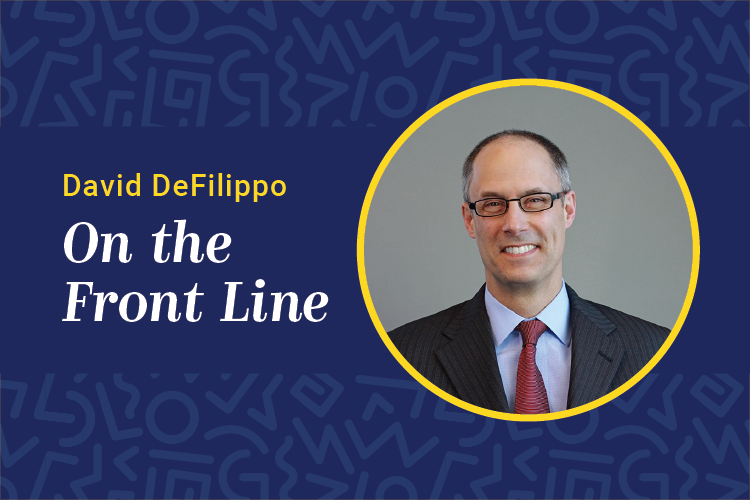
As part of the learning and leadership development portfolio, the practice of 360-degree assessments or multisource feedback is a tried-and-true method to identify strengths and weaknesses. Simply put, I think of the 360-degree assessment process as a way to help individuals understand the actions they should keep taking to become more effective and also to identify those behaviors to stop doing or change that get in the way of their success.
Tracing its commercial beginnings to the ESSO Research and Engineering Co. in the 1950s, the multi-rater process entails gathering feedback from subordinates, peers, supervisors and customers in order to provide insight into employees’ strengths and weaknesses for the purposes of professional development. Further popularized as a leadership development and performance management best practice among firms, a 2016 Forbes article by Jack Zenger estimated that more than 85 percent of Fortune 500 companies use 360-degree feedback as part of their human capital development portfolio.
With the 360-degree process being focused on work performance and knowing that our individual effectiveness is influenced by and expands beyond our work life, I have been wondering whether using a “friends and family” 360-degree assessment would yield even more effective developmental benefits.
When I think back to memories of growing up and the pointers and advice I received from family members, teachers and even friends, there were similar and lasting themes. And over the years when I have received positive and constructive feedback at work and discussed it at home, there has also been consistent validation, even if to my chagrin. Further, when something goes awry on the home front and I get feedback, it is typically uniform across this combination of historical and job-related behaviors. Should we really be surprised by this consistency between our personal and professional selves?
We likely receive more accurate feedback in our personal lives. Consider how generous and unfiltered our siblings, spouses and children are when dispensing criticism. This recognition could lead to innovative ways of expanding the 360-degree feedback process to yield a more holistic assessment and action plan.
First, as part of the 360-degree assessment, include input from friends, family members and even people with whom you have regular interaction. For example, I am sure that my colleagues could provide valuable feedback on the degree to which my office and workspace are organized as part of my daily work routines. Making fun of my “day of the week” files that I use to track daily progress doesn’t hurt my feelings, but instead emboldens me to perfect this technique. Consistent with that tendency is the feedback my wife gives me about being compulsively organized, which I contend is a good practice for two busy people.
Second, implement an action plan that integrates practices across these two worlds. To do this, identify context-specific changes that are relevant to each setting. For example, for the person who is often late to work meetings and personal appointments, identify and implement the visible actions to demonstrate respect for work colleagues and family members. This could mean better schedule planning, leaving earlier to be on time or notifying colleagues by phone or text when running late.
Last, part of evaluating the 360-degree assessment process is to check back with the individuals who provided feedback. For this progress check, ask for feedback on the focus areas to evaluate the efficacy of your respective professional and personal outcomes. How have these areas improved in both domains? Where are they distinctly different? How does one inform the other? By using the 360-degree assessment process in both work and personal contexts, there can be a high degree of congruence between the two as progress is made.
While this may seem like a work practice that intrudes on your daily life, think about the last time you had a bad day at work and the impact it had on your personal life. Then, evaluate the relationship between the two and consider how employing changes in both contexts can lead to increased professional and personal effectiveness.















